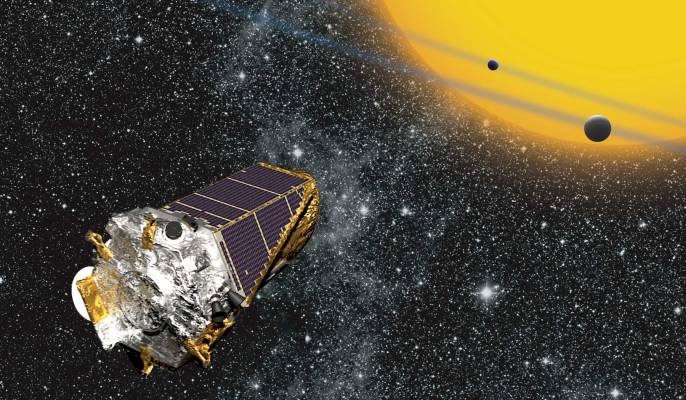Finding life beyond Earth means combing through an incredibly vast array of potential planetary candidates, but one new study from a team of researchers led by San Francisco State University astronomer Dr. Stephen R. Kane hopes to add some additional specificity to the search.
The international group of scientists behind the study examined the over 4,000 planets outside of our solar system (exoplanets for those In the know) to identify the ones most likely to harbor life based on the model of the only life-bearing planet we know of: Earth.
The result of the research is a long list of 216 planets from the Kepler list, a catalog of space-based spheres gathered by the Kepler space observatory launched by NASA in 2009 to identify and observe Earth-sized exoplanets. From that list, which includes all planets found to be within the so-called “habitable zone” surrounding a star in which water could remain liquid on the surface of the celestial body.
As we know from the makeup of our own solar system, occupying that solar sweet spot is crucial for supporting life. Any further away, and water freezes – closer in, and it evaporates. Based again on the only example we currently have (Earth), life generally requires liquid water for sustenance.
From that group of 216 — which fit the broad definition of occupying the habitable zone around their particular star, which meant looking at other factors including size and composition of planets — came a short list of 20 candidates which are located in a more “conservatively” defined habitable zone, and that are small and rocky.
Coming up with a short list of Earth-like planets has very real value to the continued project of searching for signs of extraterrestrial life. Simply investigating every exoplanet identified by Kepler just isn’t feasible in terms of available resources, but a core group of 20 with characteristics that greatly increase the likelihood of finding Earth-like life is manageable.
“There are very limited resources available for studying the atmospheres of terrestrial planets and so the Habitable Zone is used to select those planets most likely to have liquid water on the surface,” Kane explained in an interview. “This will become increasingly important once new facilities, such as the James Webb Space Telescope, are deployed.”
So exactly how likely is it that these new 20 Earth-2’s are home to alien life? That’s not for this study to say.
“Unfortunately we cannot give probabilities that a planet has life at this point since we still only have one data point – the Earth – for which we know life exists,” Kane cautioned. “What we can do is focus our efforts on the planets most likely to yield evidence of extraterrestrial life and that is what we hope our work will provide.”
